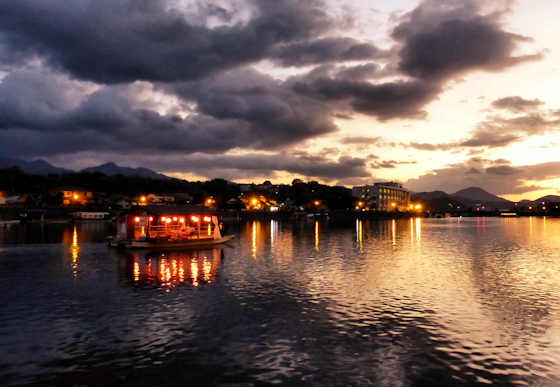Arata Isozaki 1933 - 2022
The famous Japanese architect Arata Isozaki passed away on December 28th, 2022.
Born in Oita, Kyushu, in 1933,
he studied at Tokyo University and then worked under Kenzo Tange for a few years before opening his own office.
His earliest works seem heavily influenced by Brutalism and Metabolist styles, though his later works utilized many different styles. His works have been built all over Asia, Europe, and the USA.
He won the RIBA Gold Medal in 1986 and the Pritzker Prize in 2019.
I quite like his work and have seen many of his buildings here in Western Japan.
The top photo is the Kitakyushu City Museum of Art 1972-74. I have visited it several times and will do a post on it soon. The second photo is from his hometown of Oita and was the Oita Prefectural Library which opened in 1966. After closing down it was converted into an arts centre called Art Plaza. I have 2 posts on it,
one of the exterior, and a
second of the interiors. The Art Plaza contains a gallery of Isozakis architectural drawings and models, so is worth a visit.
The third photo is part of the
Kitakyushu International Conference Centre in Kokura, Adjacent to it is an earlier work, the West Japan General Exhibition Centre, a massive building and the photo above shows the structure that holds the roof up. The fourth photo is from the Nagi Museum of Contemporary Art in rural Okayama. Very unusual in that each of the three main buildings were designed in collaboration with artists who created the works within, including Isozaki's own wife. The three buildings I posted earlier are called
Sun,
Earth, and
Moon. The fifth photo is part of the curved roof of the Yamaguchi Centre for Arts & Media.
The sixth photo is also from Yamaguchi and is part of the very rural Akiyoshidai International Arts Village. I will do a full post on it soon, and I will also do a full post on the Kitakyushu City Central Library, pictured above. The final photo is the JR station at the onsen resort of Yufuin, one of Isozaki's smaller projects.





































































